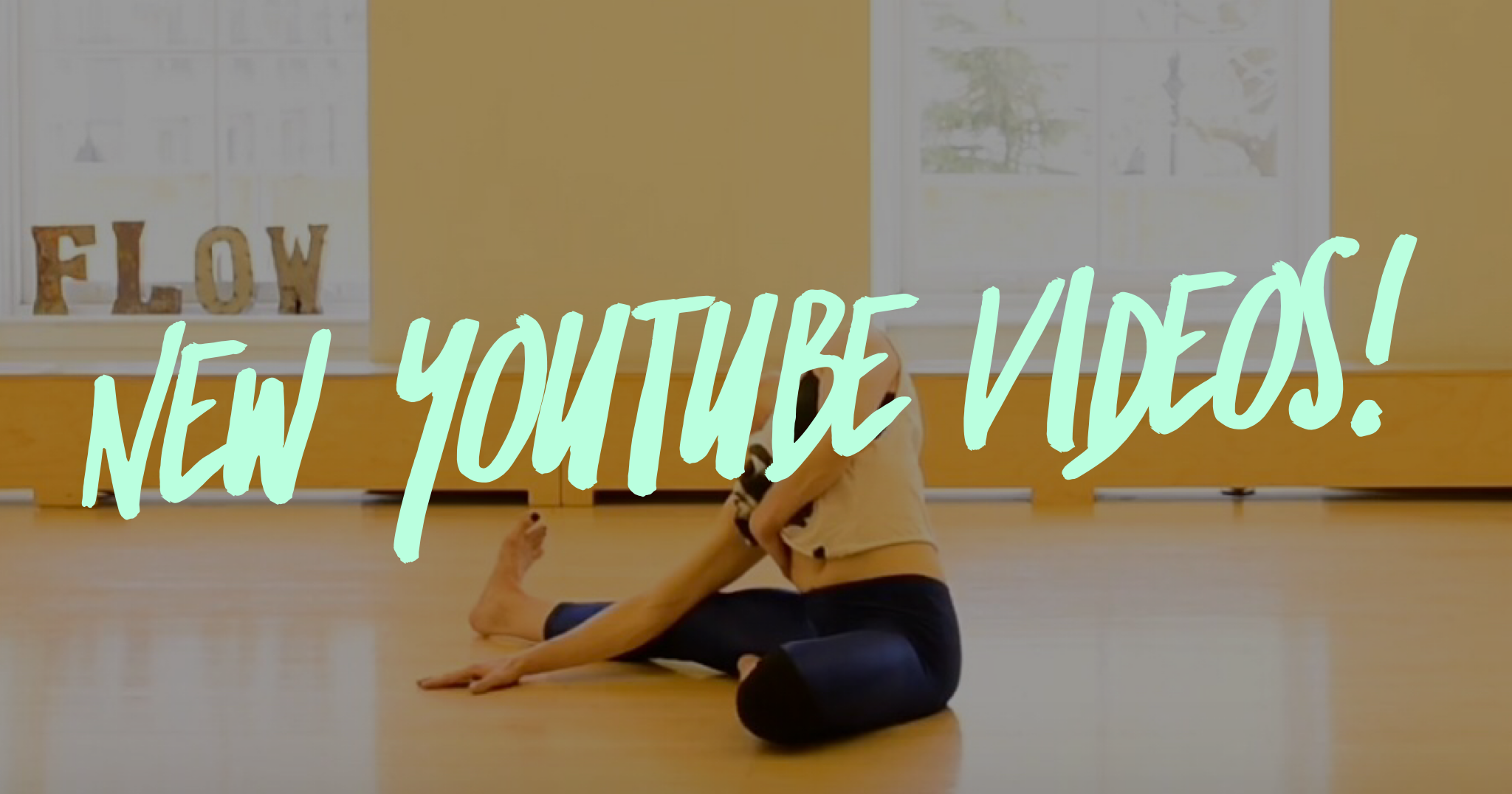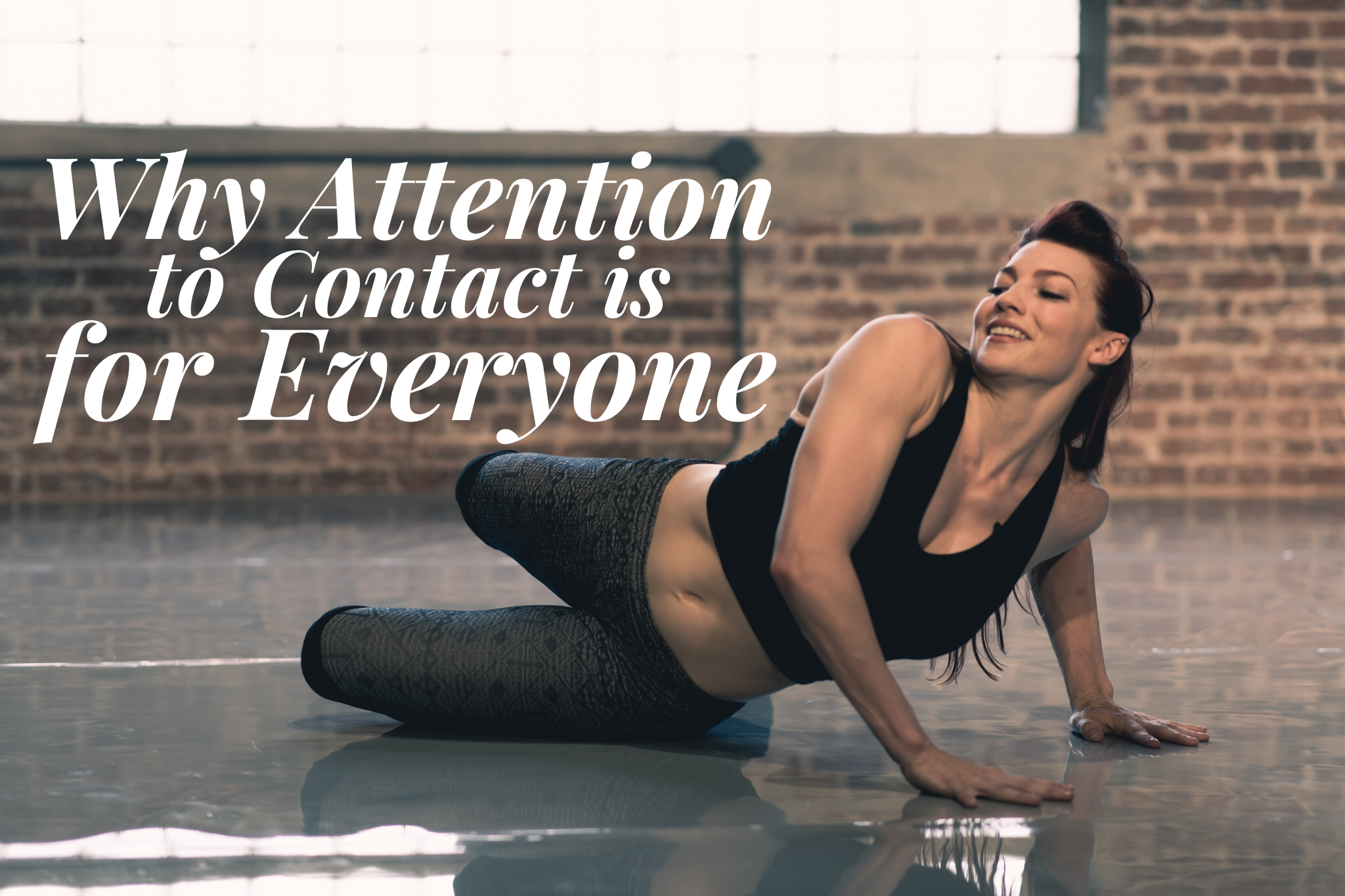Hi Friends:
I see so many social media posts of movement journeys accompanied with a flexibility complaint. I’d like to discuss the motives behind these negative comments to gain a more evolved perspective on our capacity for movement.
Comment #1
“This would be good if it wasn’t for my (insert body part)”. Please stop blaming your body parts for your perceived shortcomings. You ARE your movement. Your shoulders have not wronged you. Your hamstrings are not total assholes. Perhaps it’s life-long movement patterns demobilizing parts of you. Perhaps you’ve suffered injury because of how you chose (consciously or not) to use it. Now, you want your body to function in a new or long-forgotten capacity. (Structural deformities and accidents are different, but still, blame doesn’t lead to healthy movement). Blaming your body reveals a detached relationship with…. yourself.
We are training our physique every possible micro-second of our lives. Even if you don’t consider your drive home or screen time to be ‘training’, it actually is. Like a creepily placed Facebook ad, the body (like Facebook) is constantly encoding our patterns. Our breath, positioning, and thoughts, are essentially imprinted in our brains and body tissues for future use. (If this sounds like cray-cray hippy talk, look into the works of Katy Bowman, Jill Miller, Tod Hargrove and Thomas Meyers). Our 90 minute stretch sessions will never override the effects of our lifestyles. Yes, we can see flexibility gains from a few sessions a week, but the power of the other 22.5 hours a day is greater. This is not my opinion; it is science.
Comment #2
“I need to start working on flexibility.” Do you? Do you NEED to? Or do you just feel compelled to say that you need to because you are judging yourself against your own standards? Now, if it is your soul’s desire to be bendier, do it. Flexibility training can be a beautiful, enlightening, awareness-building journey. I’m simply suggesting that, like a retirement plan, you should know what you are really working towards and what you will *actually* come out with in the end.
Most people, (and I mean all humans, not just humans trying to do crazy stuff on a stick in the air) could use more movement in a few locked-up parts, while learning to be more stable in other parts. Heck, we can all use a greater sense of connection between our core and extremities.
So… How much flexibility do we need to be healthy? Hint: it’s not the same as what’s needed for trending shapes, or to be on par with recently post-pubescent Russians (yes, they are amazing).
There are actual measures of healthy ranges of motion in every joint of the body. When we try to get more movement out of a few joints, rather than healthier movement in all joints, we are quite possibly throwing off a delicate balance between desirable movement and ego-driven movement exploitation.
Some of us are wound super tightly, both in body and mind. Some of us have trouble spots, and then there are those who appear to lack the very things that hold us together—the noodle-people, the globally hyper-mobile. What is global hyper-mobility? There are plenty of very trained examples of this in the ballet and rhythmic world because of their “aesthetically desirable” lines. But even lurking among the sedentary exists the globally hyper-mobile. Hyper-mobility is considered a dysfunction, as in… the body not functioning properly.
I, too, look at rhythmic gymnastics videos and say, “Wow, imagine how impressive I would be if I could casually hit my head on the back of my thigh while doing 10 pirouettes.” But, I look at them differently than I once did. I admire, but I also hope that these young movers are being educated. Their later years look expen$ive as they seek answers and relief from the numerous ailments stemming from excessive motion and deteriorated connective tissues.
Real talk, I worked towards crazy range (ROM) for nearly 20 years, and as a result, I suffered some game-changing injuries that taught me some important lessons.
What would flexibility training (and pole/aerial/dance) look like if it emanated from a steadfast commitment to health and movement longevity? Are we willing to look less impressive, not meet industry standards, or get less likes on our social media if it means less pain and a healthier relationship with our bodies?
What if being excellent, and being a role-model, was about committing to performing and sharing movements that enhance health? The endorphin rush from a new trick is amazing, and it has its benefits. But when we sacrifice balance and form— time and time again— for what we WANT to attain, there is a cost.
I do believe it is possible to be amazing without destroying oneself.
Knowing the WHY behind our goals (and statements) is important. The more we know what supports our WHY, the more real a goal becomes. It is more palpable. Most importantly, we will embody our desire in a way that invites the change to come. For our collective health, please make smart choices about the movements you desire. I want to see all of us moving well for decades upon decades to come. Here is a cute and completely unrelated pic of a turtle offering encouragement....
-M











“I don’t do balls,” I used to say.
Like many other dancers I knew growing up, I formed an identity around being a dancer with no interest in activities involving balls, pucks, paddles, etc. (unless I was dancing with it).
In high school, I almost failed P.E. class because I flat-out refused to participate in any sports activity. As a result, in later years, whenever someone would throw me a ball I’d duck away rather than catch it, or if I did attempt a catch, it would be in a stiff and panicky state. It was embarrassing.
Ki’ilani (seen in the video) changed my relationship with catching. She loves balls more than anyone I’ve ever met. Every trip to a large store includes a visit to the sports aisle to feel balls. She even keeps a ball in her pocket for comfort tossing. One of our quarantine activities has been ‘dance catch.’